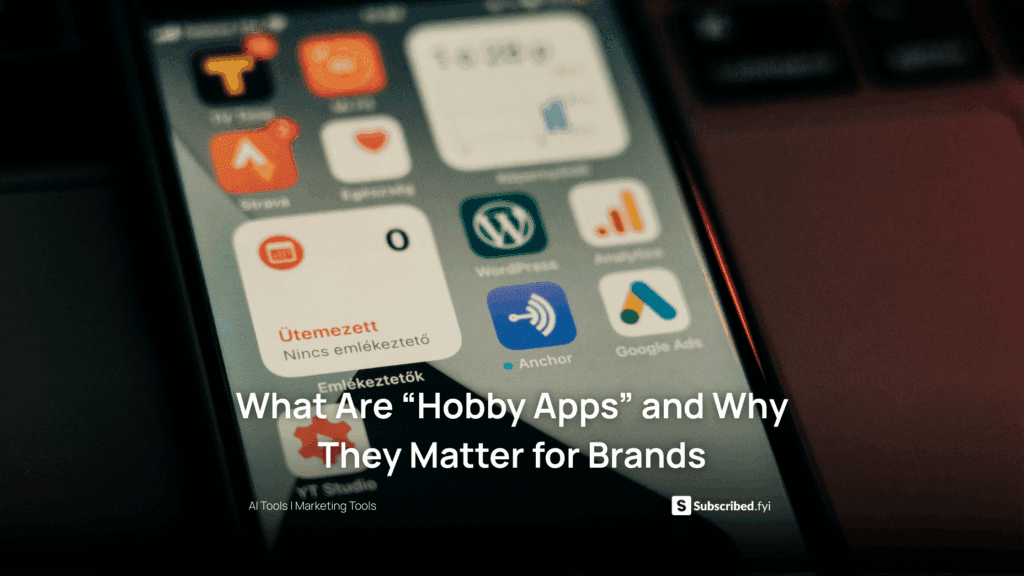How to Make Your AI-Built Website Load in Under 1 Second?
- WebOps Platforms Bug Tracking & Feedback Software Web Development & Design Website Builder


Speed is critical for modern websites. Studies show that 53% of mobile visitors abandon a page that takes longer than three seconds to load. With AI-driven builders like Hostinger Horizons and a range of AI-powered website builders available, you can optimize performance without writing a single line of code. Platforms such as Hostinger Horizons combine global CDN distribution, automatic asset compression, and one-click deployments to help your site achieve sub-one-second load times.
Beyond hosting, you can explore specialized tools like Bolt for code splitting, Lazy AI for lazy loading workflows, or Tempo for rapid prototype testing. By integrating best practices—image optimization, caching strategies, and minimized third-party scripts—you ensure visitors get instant access to your content.
Why Performance Matters in 2025
In an era where attention spans are shorter than ever, a fast-loading site boosts engagement, conversions, and SEO. Google’s Core Web Vitals place emphasis on metrics like Largest Contentful Paint (LCP) and First Input Delay (FID), rewarding sites that load quickly and respond without lag. A rapid site build also reflects well on your brand, signaling professionalism and care for user experience.
Understanding Key Speed Metrics
Largest Contentful Paint (LCP)
Measures how long the largest visible element takes to load. Aim for under 2.5 seconds—sub-one-second is exceptional.
First Contentful Paint (FCP)
Tracks when users see any content. Under 1 second ensures visitors feel the page is instant.
Time to Interactive (TTI)
Indicates when the page fully responds to user input. Optimizing JavaScript and offloading heavy scripts helps hit TTI targets.
Total Blocking Time (TBT)
Sum of all blocking periods between FCP and TTI; keeping this low avoids janky experiences.
Strategies to Achieve Sub-One-Second Loads
Optimize Images and Media
-
Use Next-Gen Formats: Serve WebP or AVIF rather than JPEG/PNG.
-
Responsive Images: Provide multiple sizes via
<picture>tags orsrcset. -
Automatic Compression: Hostinger Horizons automatically compresses and resizes images on upload.
Minify and Combine Resources
-
CSS & JavaScript: Remove whitespace, comments, and dead code.
-
Concatenate Files: Reduce HTTP requests by bundling smaller files.
-
Built-In Minification: Many AI builders, including Hostinger Horizons, offer one-click minification.
Code Splitting and Lazy Loading
-
Split Chunks: Load only necessary code for each page.
-
Lazy Load Images & Components: Defer non-critical assets until after initial render.
-
Workflow Automation: Tools like Lazy AI generate lazy-loading rules automatically.
Global CDN Usage
-
Edge Servers: Distribute content worldwide to reduce latency.
-
Automatic CDN Integration: Hostinger Horizons includes a built-in CDN that caches assets globally.
Prefetching and Preloading
-
Resource Hints: Use
<link rel="preload">or<link rel="prefetch">for critical assets. -
DNS Prefetch: Speed up third-party resource lookups (e.g., analytics, fonts).
Browser Caching and HTTP/2 or HTTP/3
-
Cache-Control Headers: Instruct browsers to reuse assets.
-
Protocol Upgrades: HTTP/2 and HTTP/3 multiplex requests for faster transfers.
-
Automatic Configuration: Hostinger Horizons configures caching and modern protocols by default.
Reduce Third-Party Scripts
-
Audit Dependencies: Remove unnecessary plugins and trackers.
-
Asynchronous Loading: Load scripts in the background to avoid blocking rendering.
Optimize Fonts and Critical CSS
-
Font Subsetting: Include only needed characters and weights.
-
Critical CSS: Inline above-the-fold styles and defer the rest.
-
AI-Generated Style Extraction: Some platforms, like Fine AI, extract minimal CSS automatically.
Edge Computing and SSR
-
Server-Side Rendering: Pre-render pages to reduce client work.
-
Edge Functions: Run lightweight code at the CDN edge for personalization without slow round trips.
Built-In Performance Tools in Hostinger Horizons
Real-Time Asset Compression
When you upload images or scripts, Horizons compresses them and caches optimized versions, reducing payload size without manual intervention.
Global CDN Distribution
Assets are automatically served from edge servers closest to your visitors, ensuring sub-100ms round trips in major markets.
One-Click Minification
Enable CSS, JS, and HTML minification with a single toggle in the dashboard—no build pipelines required.
Sandbox Preview and Testing
Test performance changes in a live sandbox environment. Horizons provides Lighthouse scores and Core Web Vitals metrics directly in the console.
Automated Cache Invalidation
Deploy updates instantly while ensuring visitors always get fresh content, thanks to smart cache purges.
Testing and Monitoring Best Practices
Use Lighthouse and WebPageTest
-
Run Audits: Identify bottlenecks and get actionable recommendations.
-
Compare Before/After: Measure performance gains from optimizations.
Set Up Continuous Monitoring
-
Uptime and Speed Alerts: Get notified if performance drops.
-
Real User Monitoring (RUM): Capture actual visitor experiences.
Analyze Heatmaps and Session Replays
Tools like Hotjar reveal where users wait or abandon pages. Reducing perceived load times can improve engagement even if metrics remain unchanged.
Balancing Speed with Functionality
While the goal is sub-one-second loads, avoid sacrificing essential features. Prioritize critical user journeys:
-
Above-Fold Content: Always load first.
-
Interactive Elements: Defer chat widgets or complex animations.
-
Accessibility and SEO: Keep semantic markup and metadata intact.
Advanced Techniques for Extreme Speed
HTTP/3 and QUIC
Adopt modern protocols for even lower latency and better multiplexing.
Brotli Compression
Enable Brotli at the CDN edge for superior text compression compared to Gzip.
Predictive Resource Loading
Use analytics to prefetch pages and assets users often navigate to next.
Bringing Performance Together with Hostinger Horizons
Hostinger Horizons streamlines every optimization step. You chat with the AI—“compress images, enable Brotli, lazy load below-the-fold”—and see results in seconds. Horizon’s real-time sandbox shows LCP and FCP metrics before you hit publish. With hosting, domains, SSL, and performance tools all in one plan, you spend less time configuring and more time creating content that converts.
Next Steps to Achieve Lightning-Fast Loads
Implement these strategies step by step:
-
Audit current performance and set baseline metrics.
-
Optimize images and enable lazy loading.
-
Minify and split code.
-
Configure CDN and caching.
-
Test iteratively and monitor real user data.
By combining best practices with Hostinger Horizons’ integrated performance suite, you’ll consistently deliver AI-built websites that load in under one second—keeping users happy and your SEO rankings high.





